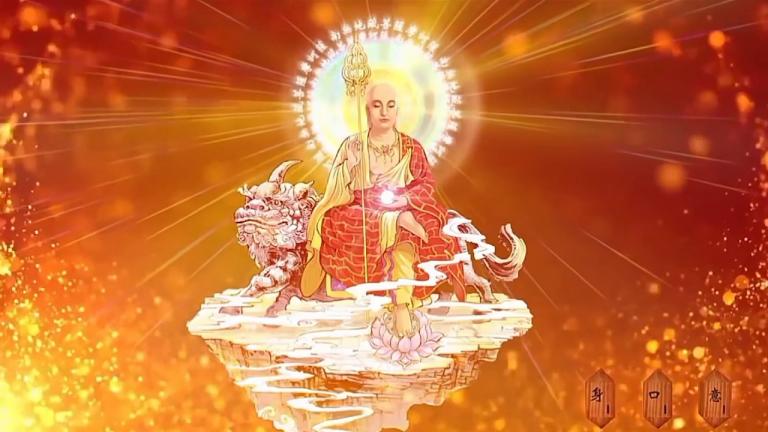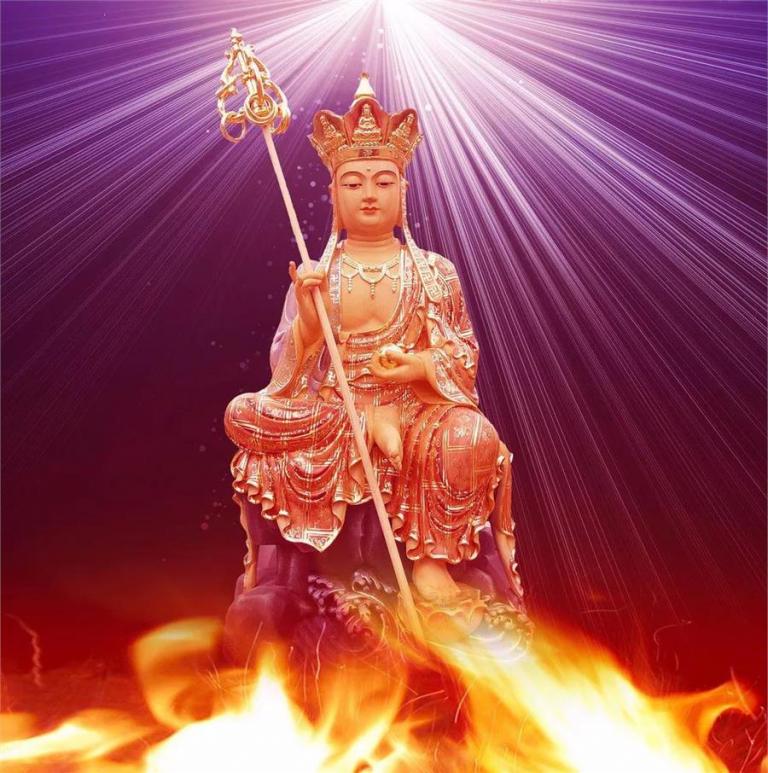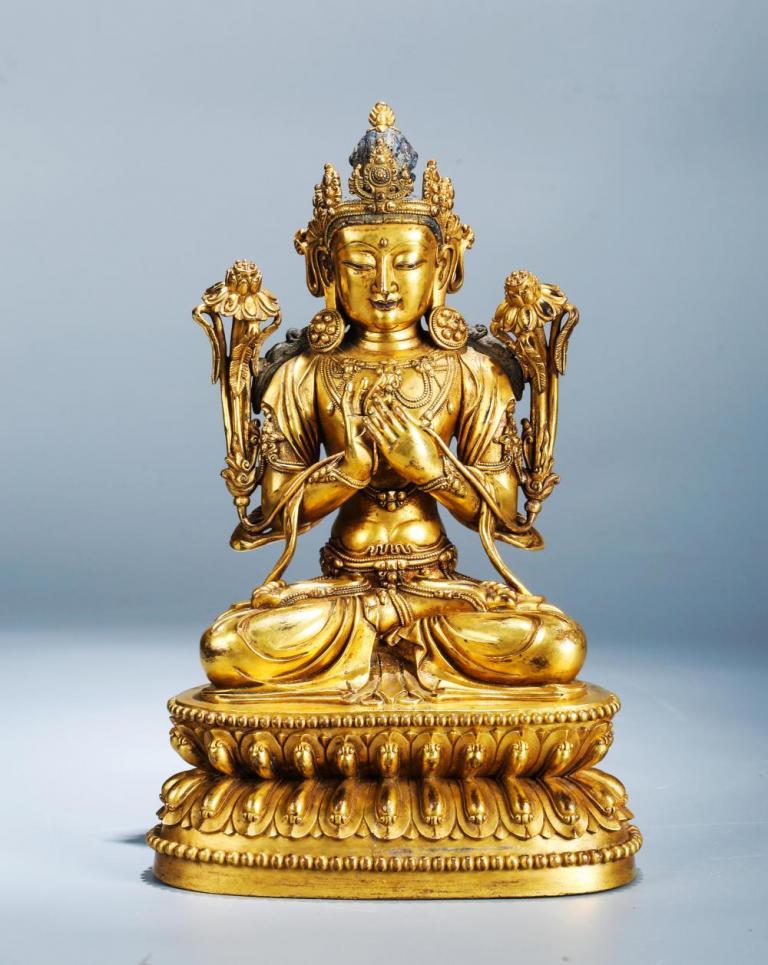Dizang and Wenshu
2 min readWho is Dizang?
According the Buddhist classics,during the period from the Nirvana of Sakyamuni to the advent of Maitreya,Dizang Bodhisattva vows to save all beings from suffering in the Six Paths(ie.Hell,Ghost,Animal,Man,Asura and Deva).He vows not to achieve Buddhahood until all the Hells are empty,and is thus therefore referred as the King of Hell.

In China,the image of Dizang has taken on Chinese characteristics.Chinese legend has it that he was born into a noble family in a state on the Korean peninsula,and his name was Jin Qiaojue. After he became a monk,he made a trip to the Tang Empire,and during the Xuanzong Period of the Tang Dynasty between 712 and 756,he practiced Buddhism on Mt.Jiuhua in Anhui.He passed away while sitting cross-legged,and his whole body,still intact and not decayed,was buried under a pagoda.Gradually Mt.Jiuhua came to be revered as the key site for Dizang to deliver Buddhism.Usually,Dizang is depicted holding a tin cane in his right hand and ruyi pearls in his left.The former hand gesture indicates that he protects sentient beings and subdues evil,while the latter indicates that he will satisfy all the wishes of sentient beings.

Who is Wenshu?
According to the Buddhist classics,Wenshu was the third son of the Holy King in charge of reincarnation.Legend has it that as Buddhists entered China,Wenshu appeared on Mt.Wutai.Therefore,people revere Mt.Wutai as the key site for Wenshu to deliver Buddhism,and monasteries there usually have his statue.Wenshuholds a sword that symbolizes his infinite Buddhist power and perfect wisdom.He rides a lion that also symbolizes his power and might.Wenshu and Puxian images are listed as close attendants to Sakyamuni image.









